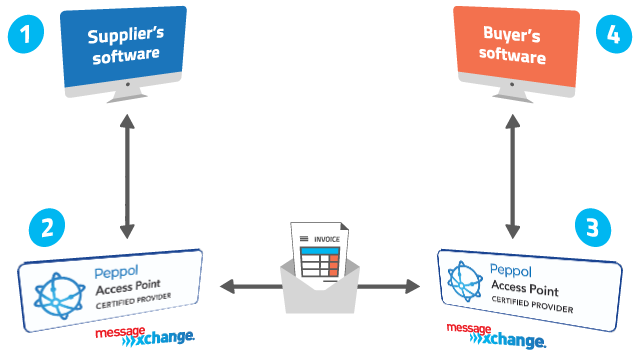Retailers are forever looking for ways to cut costs. Typically, it’s operations and supply chain that are targeted to improve efficiency and reduce costs. Retailers often adopt electronic data interchange (EDI) to automate the procure-to-pay process. But another, often overlooked area where processes can be optimised is also in procurement; it’s goods not for resale, or GNFR.

What is ‘goods not for resale’?
Goods not for resale covers anything that’s purchased without the intent of being re-sold. Things like:
- store fittings
- training
- facilities and office space
- utilities
- professional services
- marketing
- travel
- IT.
Procurement in these areas can be forgotten because they’re often managed by individual departments and can fall through the cracks, making it difficult to get an overall picture. A solid GNFR strategy gives you better visibility and understanding of your total costs, allowing you to identify unnecessary spending and achieve business objectives.
Find new areas to reduce costs. Enter, GNFR.
During tough times, businesses often push their efforts to cost reduction. And this normally happens in supply chains and operations like:
- reducing locations
- reducing staff
- cutting prices and increasing discounting
- looking for cheaper suppliers and products.
Continuing this path is unsustainable, so it’s important to look at other areas for efficiencies.
Some sources claim GNFR can represent around 25% of a retailer’s total operating costs. One way to manage and improve GNFR procurement processes is eInvoicing.
eInvoicing: one small change for business, one giant leap for cost savings
eInvoicing enables organisations to exchange invoices electronically, directly between invoicing software. eInvoicing happens through a four-corner model, where corners one and four are the supplier and customer, and corners two and three are Access Points, like MessageXchange. Access Points connect to each other to exchange eInvoices. You can think of it like a telephone network – your phone and your friend’s phone are corners one and four, and your network provider (like Telstra, Optus or Vodafone) are corners two and three.

When purchasing goods for your business, invoicing is one of the most time-consuming and costly processes. As a result of the automation from eInvoicing, a few benefits are:
- Cost savings
Studies have found that it costs, $27.67 to process a PDF invoice, and only $9.18 to process an eInvoice. - Easier invoice processing
Removes the need for unnecessary data entry – the invoice just appears in your software. And by exchanging invoices directly between software, there’s less risk of them going astray. - Faster invoice payments
The average eInvoice is processed in 5 days (compared with 23 days for a regular invoice). - Fewer errors
Because much of the data entry is removed, reducing the risk of paying more for goods. This also improves data accuracy for use in reporting and optimising processes. - Better security
Security measures, like encryption at rest and in transit, are implemented throughout the eInvoicing network so your data remains secure along the way.
GNFR typically accounts for 20% of a retailer’s spend but covers 80% of its suppliers and a high percentage of transaction volumes. If you compare the cost of a manual procurement process and an automated eInvoicing process in the GNFR space, it’s easy to see the cost savings add up.
Request a call from one of our experts to learn more about how eInvoicing can help manage GNFR costs.
Request a call
Chat with one of our experts
Just fill out your details below and we’ll be in touch within one business day.